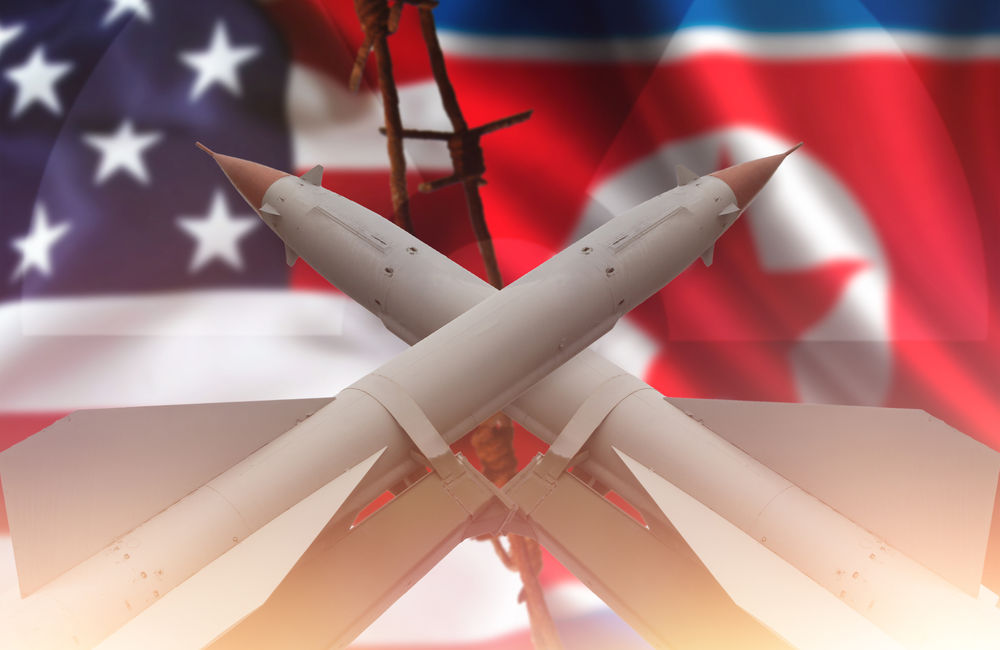“We are at the limit of what is licit.” In early December Pope Francis offered that assessment of nuclear deterrence during a question and answer session with reporters on the plane back to Rome from Bangladesh.
A month before, the Pope had strongly suggested that the “limit” had already been exceeded. “The threat of their [nuclear weapons’] use, as well as their very possession, is firmly to be condemned,” he said in a message to a Vatican-sponsored conference on nuclear disarmament.
This wasn’t the first time a pope has challenged the morality of nuclear deterrence. In a message to the United Nations General Assembly in 1982 Pope John Paul II granted only a grudging interim toleration to deterrence (“may still be judged morally acceptable”) as a stage on the way to the total elimination of nuclear weapons.
The American bishops relied on that judgment of conditional, temporary toleration of deterrence in their 1983 collective pastoral letter The Challenge of Peace.
But it’s now 35 years since St. John Paul delivered his judgment and the bishops repeated it, and Pope Francis has just raised the moral bar a lot higher.
As well he might. Nuclear disarmament hasn’t happened in these 35 years, and now North Korea has joined the nuclear club, President Trump speaks of using these weapons, and the U.S. and other nuclear powers are busy modernizing their stockpiles. The countries that now have nuclear arms are the U.S., Russia, China, Great Britain, France, Israel, India, Pakistan, and North Korea. Several others are in a position to acquire them fairly quickly if they so desire.
The so-called logic of deterrence is clear: It is necessary to have nuclear weapons and be willing to use them, precisely so that they will not be used. But is that morally acceptable?
Deterrence has worked so far, but that’s no guarantee it will go on working forever. A number of documented close calls have already occurred. The recent false alarm concerning a supposedly imminent missile attack on Hawaii, although not in precisely the same category, was the latest reminder that it’s rolling the dice to assume we will always squeak through.
There is also the powerful moral argument that nuclear deterrence is wrong in and of itself inasmuch as it is founded on a conditional but real intention to do something hugely evil—namely, launch a retaliatory (or perhaps even preemptive) nuclear attack in which millions would die.
“But,” defenders of deterrence reply indignantly, “that isn’t what we have in mind. On the contrary, our hope in maintaining a nuclear deterrent is to keep it from happening.”
Certainly no sane person wants to see nuclear weapons used. But the argument in defense of deterrence doesn’t work as long as willingness actually to use the deterrent in some circumstances exists. Conditional willingness to do something one would prefer not to do if the circumstances for doing it arise is real willingness—and willingness like that is the existential keystone of deterrence.
Pope Francis got to the heart of the matter in his airborne news conference. Today’s nuclear arsenals, he said, “are so sophisticated that you risk the destruction of humanity or a great part of humanity.” And when President Trump and North Korean strongman Kim Jong-un exchanged New Year taunts about the “nuclear button” that each man said was sitting on his desk, it should have been obvious to everyone that the acceptable time for serious efforts at nuclear disarmament isn’t some vaguely defined point in the future but right now.

